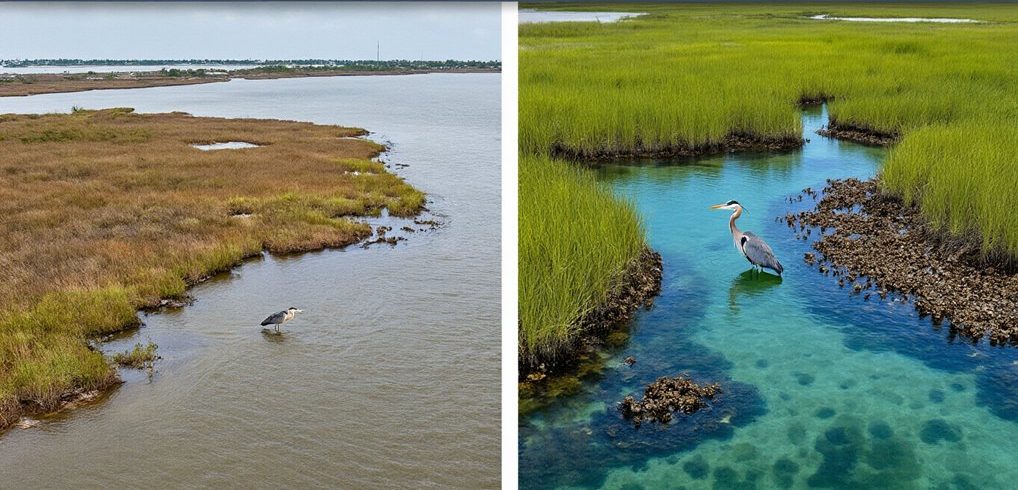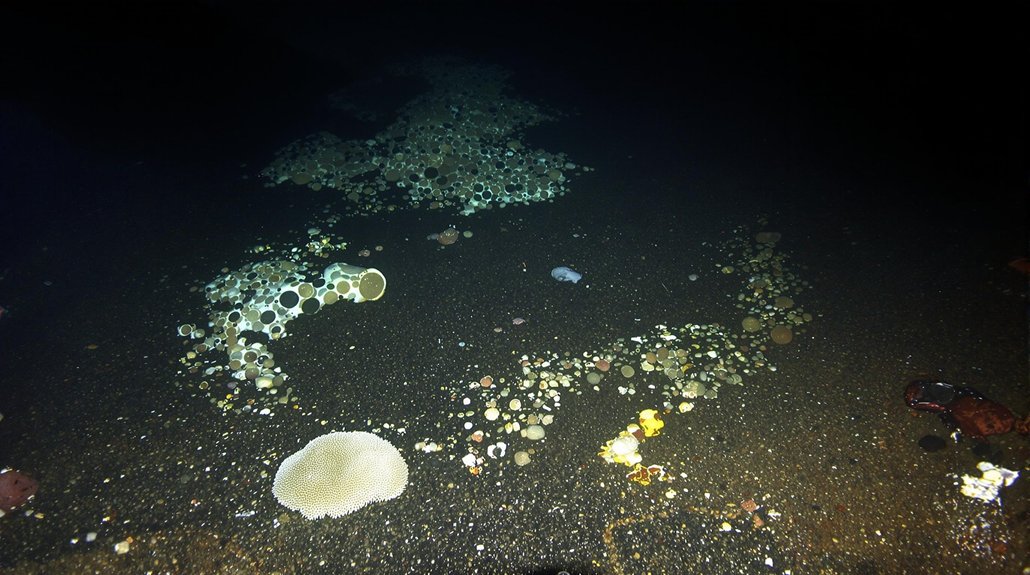Flames and frustration. That’s what California’s forests have become synonymous with as climate change transforms these carbon sinks into carbon sources. The latest casualty? An ambitious export-driven forest project that promised economic benefits but collapsed under the weight of environmental concerns and regulatory scrutiny.
California’s 33 million acres of forests are in trouble. Years of fire suppression, clear-cutting during the gold rush, and abandonment of Indigenous cultural burning have created a tinderbox. And now some genius thought exporting more timber would help. Spoiler alert: it didn’t.
California’s forests: a century of mismanagement turned tinderbox awaiting the inevitable spark of disaster.
The project faced immediate backlash from environmental groups concerned about increased logging operations and new road construction in sensitive areas. Critics weren’t buying the economic justification when it came at the expense of further degrading forest ecosystems already on the brink.
“You can’t solve a carbon problem by cutting down more trees,” seemed to be the general consensus. The 90-day review period for the Draft Environmental Impact Report became a battleground of competing interests.
The collapse isn’t surprising considering California’s complex regulatory framework. The state’s Forest Conservation Plan demands rigorous environmental assessment through Program Timberland Environmental Impact Reports. These evaluate effects on sensitive resources – resources that export-driven projects tend to overlook in favor of profit margins.
Meanwhile, federal policy shifts threaten protection for nearly 4 million forest acres, potentially opening more vulnerable areas to extraction. Not exactly what the doctor ordered for forests already struggling with drought, disease, and frequent fires. The Karuk Tribe has expressed support for removing the roadless rule to promote sustainable timber economy through the removal of hazardous trees.
What’s clear is that California needs to prioritize resilience building over resource extraction. Recognizing that renewable resources are not unlimited is crucial for developing truly sustainable forest management practices. The Golden State Natural Resources project includes plans for wood pellet processing in both Tuolumne and Lassen Counties. The state’s largest land-based carbon sink deserves better than being chopped up and shipped off.
Forest management should focus on fuel reduction, restoration, and reintroducing fire as a natural process – not feeding international markets.
Some things just aren’t worth exporting. California’s forest health is one of them.
References
- https://www.fire.ca.gov/what-we-do/natural-resource-management/forest-practice/program-timberland-envrionmental
- https://www.fws.gov/program/california-forest-conservation-plan
- https://calmatters.org/environment/2025/06/roadless-rule-repeal-california-forests/
- https://goldenstatenaturalresources.com/deir/
- https://resources.ca.gov/Initiatives/Forest-Stewardship








